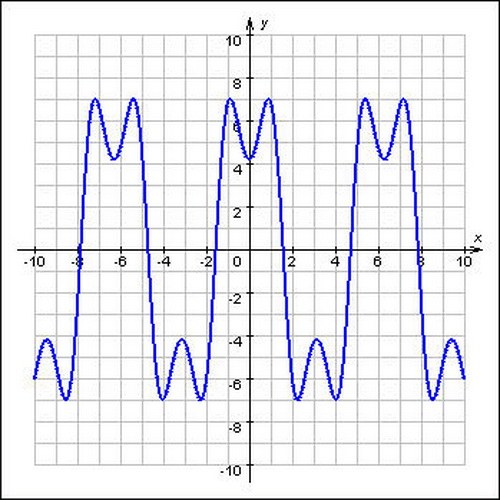You will need
- - mathematical reference book.
Instruction
1
Please note that the companynical function always has a least positive period. So, for example, as a periodand a constant function can be any number, and so it may not be the smallest positive period. There are also irregular period- diffraction functionswhich have no smallest positive period. However, in most cases, the smallest positive period from periodble functions are still there.
2
The smallest period of sine is 2?. Consider the proof on the example of the function y=sin(x). Let T be an arbitrary periodω of the sine, in this case sin(a+T)=sin(a) with any value of a. If a=?/2, it turns out that sin(T+?/2)=sin(?/2)=1. However, sin(x)=1 only if x=?/2+2?n, where n is an integer. It follows that T=2?n, and hence the smallest positive value of 2?n is 2?.
3
The smallest positive period of the cosine is also equal to 2?. Consider the proof on the example of the function y=cos(x). If T is an arbitrary periodω of the cosine, cos(a+T)=cos(a). If a=0, cos(T)=cos(0)=1. In view of this, the smallest positive value of T where cos(x)=1, 2?.
4
Given the fact that 2? – period of sine and cosine, it's value will be and the periodω of the cotangent and tangent, but not minimal, because, as you know, the smallest positive period of tangent and cotangent is equal to ?. To make sure this will the following example: the points corresponding to the numbers (x) and (x+?) on the trigonometric circle, have a diametrically opposite location. The distance from the point (x) to the point (x+2?) corresponds to half the circumference. By definition of tangent and cotangent tg(x+?)=tgx, ctg(x+?)=ctgx and, therefore, the smallest positive period of the cotangent and tangent equal ?.
Note
Not to be confused of the function y=cos(x) and y=sin(x) having the same period, these functions are represented differently.
Useful advice
For greater clarity, draw a trigonometric function, which calculates the smallest positive period.


